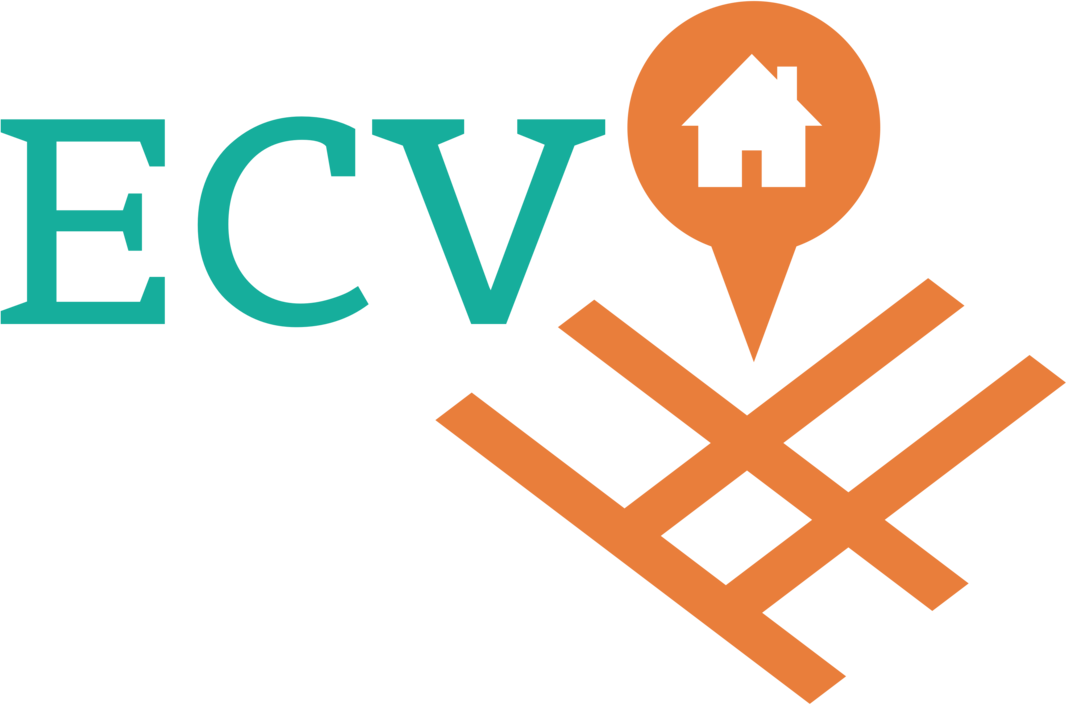6 communication tips for Caregivers (Copy)
Communication is fundamental when it comes to working as a Direct Support Professional (DSP). It is the very foundation of all relationships we have as humans, and its quality is a determining factor in whether or not your patient receives quality care.
Communication helps in decision-making and can be used to recognize the requirements of the elderly and developmentally disabled.
By having good communication, you can make positive interactions with your patients and those close to them.
The things you can achieve by being a good communicator are beyond what you may think but let's stick to caregiving and see why you are needed to be a good communicator as a caregiver.
Reasons For Communicating
Communication is done for various reasons throughout the day. One of the reasons is to build trust with your patients and participate actively in the communities. Some others may be for:
1. Give and Get Information
Care Providers communicate with the parents or family members of the patient to give them information about the progress of the patient. Reporting to the regional center about an unusual incident, getting in contact with other workers related to their well-being, and talking with facility administrators.
It also includes asking them questions about their day’s plan, meals, what to wear, or when to see their friends, so they can feel that you care about them and their choices.
2. Learn New Incidents
To know when, where, and how the incident happened. Asking relevant questions about how they are and assessing if sending them to the hospital is needed.
3. Express Feelings
Identifying when they had a good time or felt bad, and helping them process those feeling and let them know that are there when they are ready to talk.
4. Making Decisions
Making effective decisions in their developmental programs and medical plans.
5. Problem Solving
There may be times when problems with the patient arrive. By having good communication practices the patient will be more open to discussing this kind of issue and help you get to a solution.
6. Developing Relationships
As mentioned before having good communication with your patients can get you to develop a good relationship with them.
Asides from this Care Providers also need to understand that there is more to communication than just talking.
Modes Of Communication
Communication may be verbal or non-verbal, and these two are what make communication be what it is; A complex yet easy way to transmit information.
Verbal Communication
Verbal communication it’s just speaking. It is the common method of exchange of information between individuals. It is a skill that needs a person to actively listen to another. Verbal communication is composed of four parts:
Organizing the message, sending the message, receiving the message, and processing the message.
Non-Verbal Communication
It is a way of communication that does not involve spoken words. Sometimes the spoken message of a sender could not be understood by the receiver. In this situation, non-verbal communication is used. The receiver must attend to the sender and see the non-verbal communication to comprehend it. Some examples of non-verbal communication are facial expressions, the volume of voice, gestures, and physical closeness.
Also, developmentally disabled patients use it to let DPSs know of their needs and desires with the help of tools such as writing boards, drawings, and others that help caregivers communicate with them.
If you want to find out more about our available training and information, along with access to previous training materials from past events, sign up for FREE to become a member of Ca Care Association. This way, you can stay updated with the latest skills training and news regarding the Adult and Senior Caregiving Industry in California.


